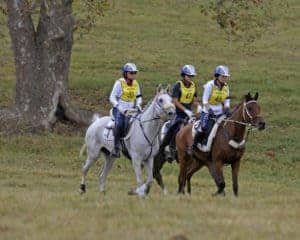
Condition Your Horse Like a Pro
How to help performance horses of all types reach peak fitness.

How to help performance horses of all types reach peak fitness.

Learn about devices designed to measure equine athletes’ cardiac function and maximize performance.
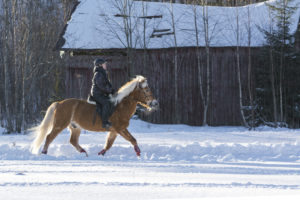
Cold, inclement weather and poor footing can cause challenges for exercising horses during the winter. Here are some things to keep in mind.
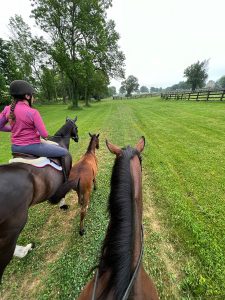
Discover how to properly condition your mare before, during, and after her pregnancy in this article from the Riding Horse 2023 issue of The Horse.

A sports medicine specialist looks at what could cause a Western dressage horse to travel haunches-in during the right-lead canter.

Poor air quality from wildfire smoke can be very dangerous for horses. An equine internal medicine specialist offers advice.
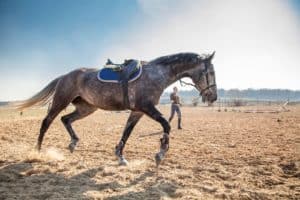
Longeing horses in a controlled way and avoiding overlongeing could be the most effective ways to protect their joints.
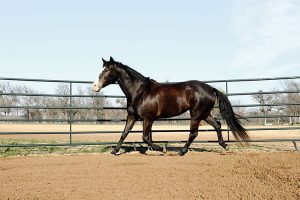
Exercise significantly affects risk of gastric ulcer development in horses, particularly in the glandular region, which underscores the need for management precautions.

Here’s how to implement feed and exercise changes for horses that are overweight or obese.

The steps you take to care for your horse both immediately after a competition and once you’re back home are important to his athletic longevity.

Keeping competition horses well hydrated isn’t always easy. Our nutritionist offers tips to help prevent dehydration.
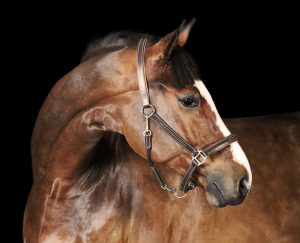
Find out how your horse can hurt his neck, risks for injury and disease, and associated therapies, so you can give your horse the best chance for a strong neck and an athletic future.
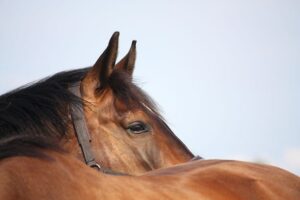
Sacroiliac disease can affect any horse, potentially limiting performance abilities.

Knowing how to select the perfect mount, train and condition him properly, and manage his health so he’ll deliver his best in the show pen is how champion riders of reiners, cutters, and rodeo sports succeed.

Learn how young horses’ bodies adapt to exercise and how to prepare them for successful careers.

Understanding how and why injuries in sport horses happen might be the best way to prevent them.
Stay on top of the most recent Horse Health news with
© 2022 Copyright Statement dolor sit amet, consetetur sadipscing User Terms, sed diam nonumy eirmod tempor invidunt ut labore et dolore magna aliquyam erat, sed diam voluptua. At vero eos et accusam et justo duo dolores et ea rebum. Stet clita kasd gubergren, no sea takimata sanctus est Lorem ipsum dolor sit amet.
"*" indicates required fields